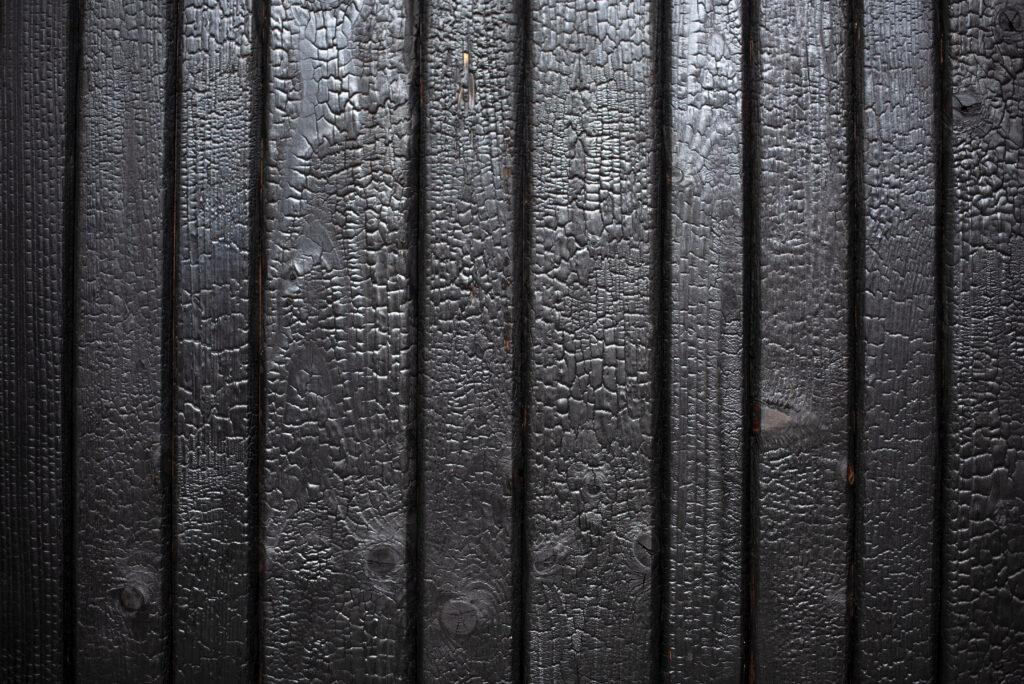Have you ever heard of Yakisugi? This ancient Japanese wood treatment technique has been gaining popularity among architects and designers worldwide for its sustainability, durability, and unique aesthetic. Yakisugi, also known as shou sugi ban, involves charring wood planks with fire, creating a protective layer that repels moisture, insects, and rot. In this blog post, we will explore the world of Yakisugi and why it’s taking the architecture world by storm.
The Problem with Traditional Wood Treatment Methods
Traditional wood treatment methods involve using toxic chemicals that are harmful to the environment and human health. These chemicals can pollute the air, water, and soil, causing long-term damage to ecosystems. Additionally, traditional wood treatment methods are not always effective in protecting wood from rot, insects, and moisture. This is where Yakisugi comes in as an eco-friendly and sustainable alternative to traditional wood treatments.
The Art of Yakisugi
Yakisugi involves charring wood planks with fire, creating a protective layer that is resistant to moisture, insects, and rot. The process begins by selecting the right wood species, which is usually cedar, cypress, or pine. The wood is then dried, brushed, and charred using a controlled flame. The intensity of the flame and the duration of charring determine the texture, color, and durability of the wood. The result is a beautiful and unique wood finish that showcases the natural grain of the wood.
The Benefits
Yakisugi offers numerous benefits, including sustainability, durability, and aesthetics. The process is eco-friendly, as it does not require any chemicals or harmful substances. The charred layer created by Yakisugi protects the wood from moisture, insects, and rot, increasing its lifespan and reducing maintenance costs. Additionally, Yakisugi wood has a unique texture and color that varies depending on the wood species and the charring process, making it a popular choice for architects and designers.
The Tremendous Versatility
Yakisugi wood can be used in various applications, from siding and roofing to flooring and furniture. It’s a versatile material that can add a touch of elegance and sophistication to any space. The unique texture and color of Yakisugi wood can complement modern, traditional, and rustic designs, making it a favorite among architects and designers worldwide.
Conclusion
In conclusion, Yakisugi is a sustainable and eco-friendly wood treatment technique that is taking the architecture world by storm. The art of Yakisugi involves charring wood planks with fire, creating a protective layer that is resistant to moisture, insects, and rot. Yakisugi wood offers numerous benefits, including sustainability, durability, and aesthetics, making it a popular choice among architects and designers worldwide. So next time you’re considering wood treatment for your project, why not give Yakisugi a try? You’ll be amazed at the results.
Bildnachweis: Magryt – stock.adobe.com

